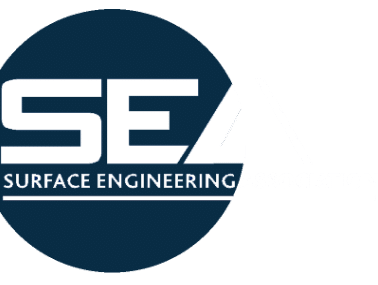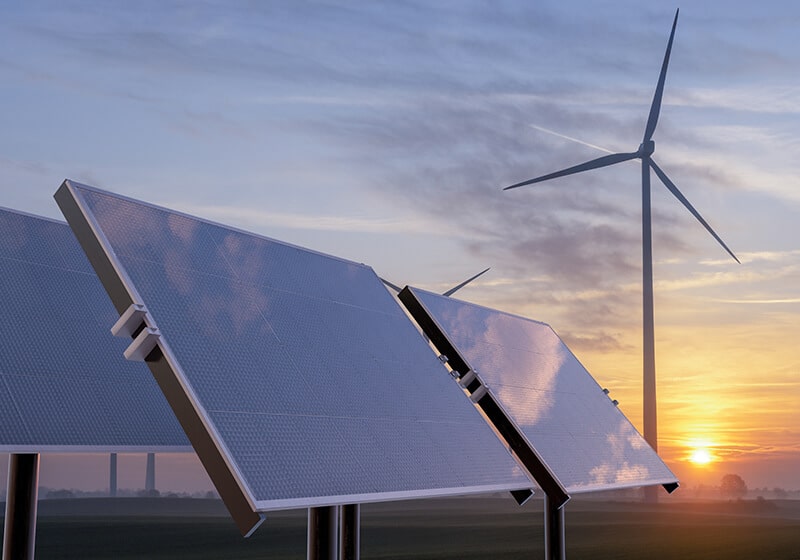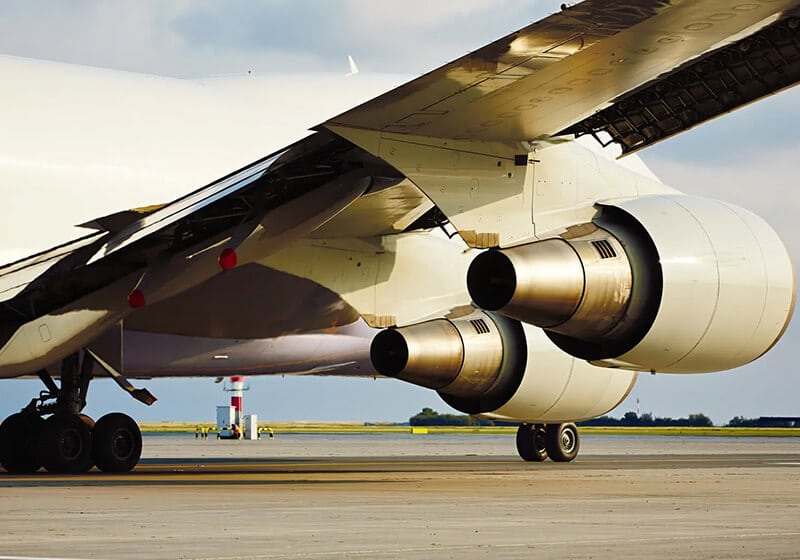
The UK space industry is growing both in terms of revenue and the number of businesses involved in the sector. According to the government’s own statistics, it adds £17.5 billion to the economy every year, with more than 1500 organisations performing tasks related to space. The largest part of the sector is Direct-to-Home (DTH) broadcasting, which is responsible for the satellites and other auxiliary technology that enable the streaming services and satellite TVs that are in so many British homes.
Electroplating in the space sector

Electroplating plays a crucial role in the British space industry. Aside from providing high-quality electrical components for satellites and other technology, various plating techniques are required to ensure that equipment will be protected from the harsh environment outside the Earth’s atmosphere. Extremes in temperature, radiation from the sun, and other factors mean that the materials used in space must be adequately plated.
These are just a few reasons why electroplating is so essential to the space industry.
![]()
Insulation

Space is cold, almost reaching absolute zero, which is not a great environment for electrical parts. For interior components, their casings are plated with silver. This is not suitable for exterior use since silver risks oxidising. Instead, aluminium panels are fitted across external components, often plated with copper to protect against radiation.
Heat resistance

While space is cold, it is not universally so. Solar flares and activity in the thermosphere can create major fluctuations in temperature, any of which could damage sensitive equipment if not properly protected. Copper, zinc, and nickel are often applied to these components to offer optimal heat resistance, which can then be augmented with a layer of gold plating for improved performance.
Wear and friction resistance

Space technology doesn’t just involve electronics; there are plenty of moving parts as well. When these parts rub against or alongside one another, they produce friction, which can slowly wear down the components over time, leading to damage and malfunctions. Since you can’t just have an engineer pop out to space for every fault, it’s important that these components are treated with the right metal finishing (typically a zinc/nickel alloy) to harden the metal and improve longevity. A phosphate coating can also be applied to increase lubricity and reduce friction.
Light and Radiation Reflection

In space, there is no atmosphere to protect against the sun’s ultraviolet and infrared rays, or its brightness, for that matter. To protect equipment from the adverse effects of radiation and any crew from blinding light, external components need to be plated with metals that have reflective or absorptive properties. Gold, silver, and copper plating methods are all used to protect against radiation, while gold is preferred for light absorption in key areas.
Our Accreditations

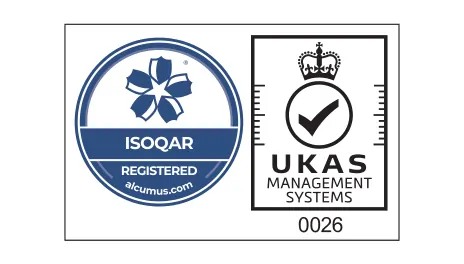
ISO 45001:2018 – Health & Safety
ISO 45001:2018 is the international standard for Occupational Health and Safety Management Systems (OHSMS), replacing OHSAS 18001. By working to this standard, we protect the health, safety, and wellbeing of our employees, visitors, and anyone affected by our operations

ISO 14001:2015 – Environment
ISO 14001 is an internationally recognised standard that sets the requirements for an environmental management system (EMS). By working to the ISO 14001:2015 standard, we improve our environmental performance through the efficient use of resources and waste reduction, while strengthening our position and building trust with our stakeholders.
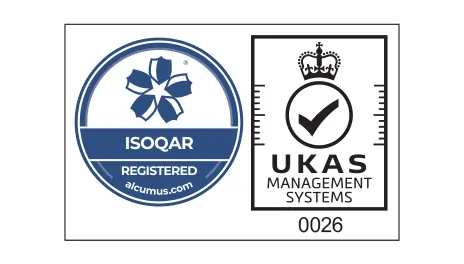
ISO 9001:2015 – Quality
ISO 9001 is the international standard for Quality Management Systems (QMS). By working to this standard, we strengthen our practices to meet the needs of our customers and stakeholders, using a framework that drives continuous improvement. It ensures we deliver consistent quality in our electroplating services through the correct application of a QMS.
Other sectors we cover


When using metal plating techniques in the electrical and electronic sectors, the two key concerns are precision and conductivity. Often you have to risk one in order to benefit from the other. This is where our expertise comes in, balancing the pros and cons of each metal, in order to deliver electronic components that work the way you need them to.

Whether we’re talking about the National Grid, criss-crossing the country providing the nation with its electricity, or more renewable sources of power generation like wind turbines and solar panels, electroplating is essential to the power industry. Components undergo great pressure on a day-to-day basis and must be robust enough to withstand the strain.

Much like the automotive industry, the British aerospace sector relies on a wide variety of plating techniques at every stage of production. From making their components more hard wearing or resistant to corrosion, to improving the conductivity of electronic equipment, all aspects of the aerospace industry require the very best in professional metal finishing and plating, as provided by the Karas Plating team.





